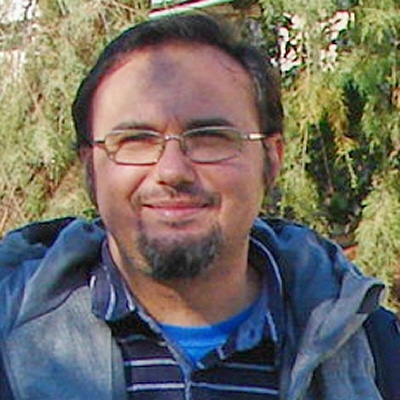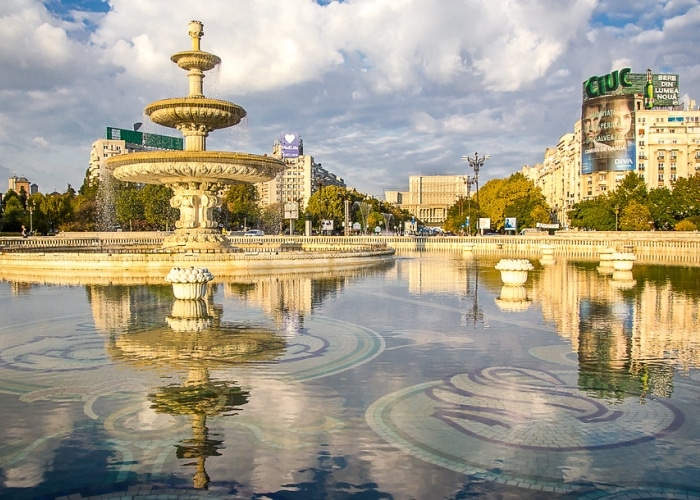- Destinations
FRANCE
BordeauxLyonMarseilleParisAuvergne Rhône-AlpesBurgundyBrittanyCamargueCentre-Val de LoireFrench RivieraGrand EstHauts-de-FranceNormandyNouvelle-AquitaineOccitaniaPays de la LoireReunion IslandMartiniquePolynesiaEUROPE
AlbaniaAustriaBelgiumBulgariaCroatiaCyprusCzech RepublicDenmarkEnglandGeorgiaGermanyGreeceHungaryIrelandItalyKosovoLatviaLuxembourgMaltaMoldovaMontenegroNetherlandsNorthern IrelandNorwayPolandPortugalRomaniaRussiaScotlandSlovakiaSloveniaSpainSwitzerlandUkraineAFRICA
AlgeriaAngolaBeninBotswanaCameroonEthiopiaGhanaKenyaMadagascarMauritaniaMoroccoMozambiqueNamibiaRwandaSenegalSouth AfricaTanzaniaTogoTunisiaUgandaMIDDLE EAST
BAHRAINEGYPTIraqIranIsraelJORDANOmanQatarSAUDI ARABIATURKEYU.A.ENORTH AMERICA
CanadaGuatemalaMEXICOPanamaUNITED STATESSOUTH AMERICA
ARGENTINABOLIVIABRAZILChileCOLOMBIACosta RicaECUADORPERUUruguayASIA
ARMENIAAZERBAIJANBANGLADESHBHUTANCAMBODIACHINAINDIAINDONESIAJAPANKAZAKHSTANKYRGYZSTANMALAYSIAMONGOLIAMyanmarNepalPakistanSouth KoreaSri LankaTaiwanTAJIKISTANTHAILANDUZBEKISTANVietnamCARIBBEAN
CubaHaitiJAMAICAPUERTO RICOOCEANIA
AUSTRALIANEW ZEALAND - Blog
- I am a tour guide














